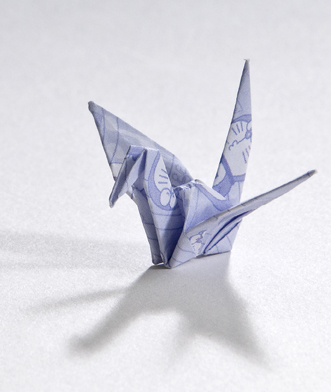There are a wide range of tumors that can occur in this location - each having its own course, prognosis, and treatment.
Pineal tumors are classified according to embryonal origin as well as histological cell type:
Classification |
Subtypes |
Pineal Parenchyma |
|
Germ cell origin |
Germinoma (also called Dysgerminoma)
|
Non Germinomatous Germ Cell Tumors (NGGCTs): Also called Non Seminomatous Germ Cell Tumors (NSGCTs):
|
|
Glial |
|
Other |
|
Non-neoplastic |
|
Proportion of pineal tumors accounted for by each type:
Benign lesions (teratoma, pineocytoma, meningioma) |
30-40% |
Germ cell tumors |
60% |
Glial tumor |
25% |
Ependymal tumor |
15% |
Classification of CNS Non Germinomatous Germ Cell Tumors (NGGCTs):
Prognosis |
Subtypes |
Good |
|
Intermediate |
|
Poor |
|
Each type of pineal tumor has its own set of characteristics:
- 40% of intracranial germ cell tumors
- Male predominance
- Similar to testicular germinoma
- Rapid progression if left untreated
- Very sensitive to RT and chemotherapy
Embryonal carcinoma:
- Rare to be the major component of tumor
- Can secrete Beta-HCG and alpha-fetoprotein
- Can be mature (benign) or immature (malignant behaviour)
- 15% of intracranial germ cell tumors
- Very rare
- Malignant behaviour
- Associated with increased gonadotropin levels in CSF and serum
- Poor prognosis
- Supratentorial primitive neuroectodermal tumor (supratentorial PNET)
- Least differentiated of pineal parenchymal neoplasms
- Generally treated with combined craniospinal RT and chemotherapy
- Generally benign and treated with surgery alone
Tumors of glial cell origin:
- 25% of pineal tumors

